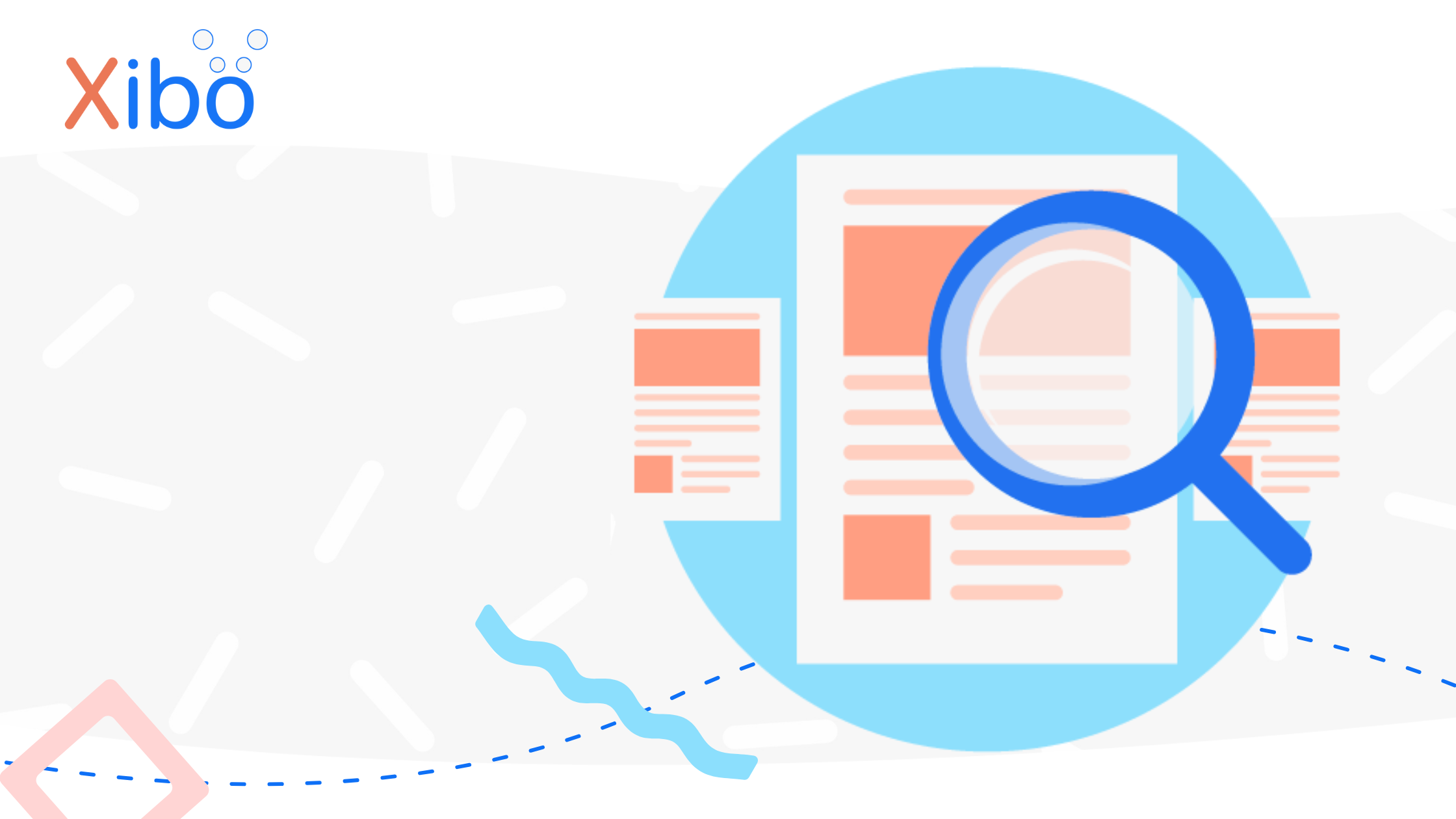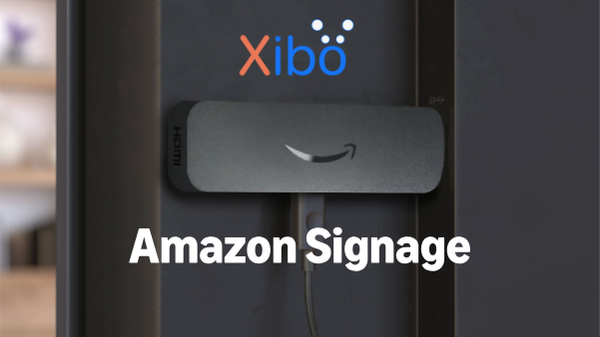Introducing Wake On Lan for Display Clients
The information contained on this page is now archived. Please see our website and documentation for current information
The next article in the run up to releasing 1.4 will look at the new Wake On Lan (WOL) feature of Xibo.
The WOL function is intended to be used for display clients that are addressable by the server, by this we mean that there has to be a clear addressable network route between the server and the client that needs to wake up. It is also required that WOL is turned on in any necessary settings on the client PC.
The WOL configuration happens on a display by display basis from the Edit Display form. Each display has new settings for:
- Enable Wake On LAN – (Turn WOL on/off for the display)
- Wake On LAN Time – (Specify a time for this display to wake, using the 24 hr clock)
- BroadCast Address – (The BroadCast address of the client, if unknown use the IP address and fill in the CIDR field)
- Wake On LAN Secure On – (The SecureOn password for the client, if supported)
- Wake On LAN CIDR – (The CIDR subnet mask, if the BroadCast Address is unknown)
Once the display has these settings it can be woken up in 2 ways:
Wake On LAN Now
Wake On LAN Time – Maintenance Script
In addition to the WOL now function, the Xibo maintenance module has been altered to send a WOL packet to any display which has a “Wake On LAN Time” specified. It will only send the command once, as the time window is passed.
The maintenance script has to be running for this to work correctly. Maintenance instructions can be found on the wiki.
Putting the client to sleep
There are a few different options for putting the client to sleep – such as a scheduled task. However, the next article in this series will look at an option built into Xibo. The “Shell Command” module.
We hope you will find this new functionality useful! As always comments are always welcome over on Launchpad Answers.

